![]() Hello, gentle readers, and welcome to the RPG Reload, the weekly feature where we get knocked down, but get up again, and you’re never going to keep us down. Unless we turn to ashes during resurrection, that is. Each week, we take a look at an RPG from the App Store’s past to see how it’s doing these days. It’s a chance to reflect, revisit, and take a deeper dive on old favorites, to take an expanded look at their history and any connected games, and so on. I try to pick a balanced range of titles from this admittedly wide genre from week to week, but if you feel like I’m missing something important, please let me know. You can do that by commenting below, posting in the Official RPG Reload Club thread, or by tweeting me at @RPGReload. I plan pretty far in advance, so it might take a while for suggestions to appear, but they’ll go into the master list just the same.
Hello, gentle readers, and welcome to the RPG Reload, the weekly feature where we get knocked down, but get up again, and you’re never going to keep us down. Unless we turn to ashes during resurrection, that is. Each week, we take a look at an RPG from the App Store’s past to see how it’s doing these days. It’s a chance to reflect, revisit, and take a deeper dive on old favorites, to take an expanded look at their history and any connected games, and so on. I try to pick a balanced range of titles from this admittedly wide genre from week to week, but if you feel like I’m missing something important, please let me know. You can do that by commenting below, posting in the Official RPG Reload Club thread, or by tweeting me at @RPGReload. I plan pretty far in advance, so it might take a while for suggestions to appear, but they’ll go into the master list just the same.

We’ve covered a lot of RPGs from the early period of the genre in these articles. Akalabeth ($1.99), The Bard’s Tale ($2.99), and Rogue ($2.99), to name but a few. Although the iOS platform hosts many classics, there are still so many gaping holes that I couldn’t even begin to list them. I’ve sometimes complained about the general lack of Ultima and Might & Magic, but there’s another important ancestor that has almost no representation on mobile. The Wizardry games, possibly the most influential series of video game RPGs ever, are represented on the App Store solely by two relatively recent installments in the series, and only one of them is complete and translated outside of Japan. That one is Wizardry: Labyrinth Of Lost Souls (Free), originally developed by Acquire for the PlayStation 3 in 2009 and ported over to iOS a couple of years later. It’s not the best Wizardry, but it’s not a bad game, either. Like most of the games in the series, it’s not particularly concerned with coddling players. But would Wizardry fans have it any other way, I wonder?
The original Wizardry is, of course, one of the earliest examples of a commercial video RPG. It came from a company called Sirotech Software, founded by Norman Sirotek and Robert Woodhead in 1980. Though this company would end up being famed for its video games, it initially started as a utility software developer, creating a database management program called Info-Tree. While showing off the program at the Trenton Computer Festival in 1979, the two young men who would soon go on to form Sirotech couldn’t help but notice that the real buzz at the show was around games. Woodhead was keen, even if Sirotek wasn’t, and got to work making Apple II homages to some of the famous games available on University PLATO computers. The first one, based on Empire, was called Galactic Attack, but we’re more interested in the second one, which was a take on Oubliette named Wizardry: Dungeons Of Despair.
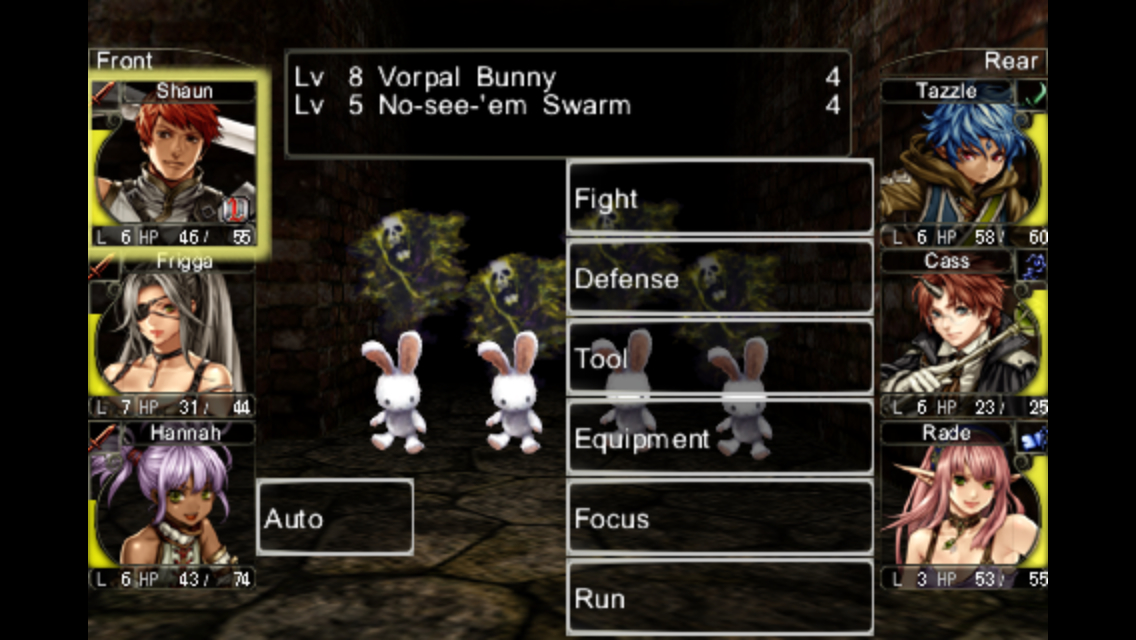
We’ve forgotten a very important member of our cast, however. Andrew Greenberg, at the time a graduate student at Cornell University, was bored. For most of us, that means wasting our time watching TV or something, and I guess that’s why most of us didn’t create Wizardry. Someone suggested Greenberg kill his boredom by porting Dungeons & Dragons to the computer, and I guess that sounded better than going bowling, because he got started on doing just that. Grad students are often stuck with jobs the professors can’t be bothered with, and Greenberg’s was to watch over the PLATO computer lab and make sure students weren’t hogging the machines to play games all day. As it turned out, Robert Woodhead was one of those slackers, and the two young men were at odds with each other until the magical day when Woodhead played Greenberg’s game. Students had been passing the BASIC program around the campus, and while the design was fun, the game had outgrown the heavy limitations of the BASIC programming language and was struggling with performance issues.
Meanwhile, Woodhead had become very good at programming in Pascal, but didn’t have much in the way of a game design to work with. The cosmic high-five that resulted set down RPG traditions that are still in use to this day. Do you like controlling a full party in an RPG? If so, you can thank Wizardry, which was simply looking for a way to simulate the missing multiplayer found in many PLATO games. When the game released in late 1981 as Wizardry: Proving Grounds Of The Mad Overlord (Dungeons Of Despair was apparently too close to Dungeons & Dragons for TSR’s liking), it was a big hit. Sequels followed, along with countless imitators, but with each new release, the Wizardry series seemed to fall a little more behind. While rival Ultima was expanding and innovating with each new entry, Wizardry kept coming back to the same old engine, adding some new content that generally only appealed to veteran players.
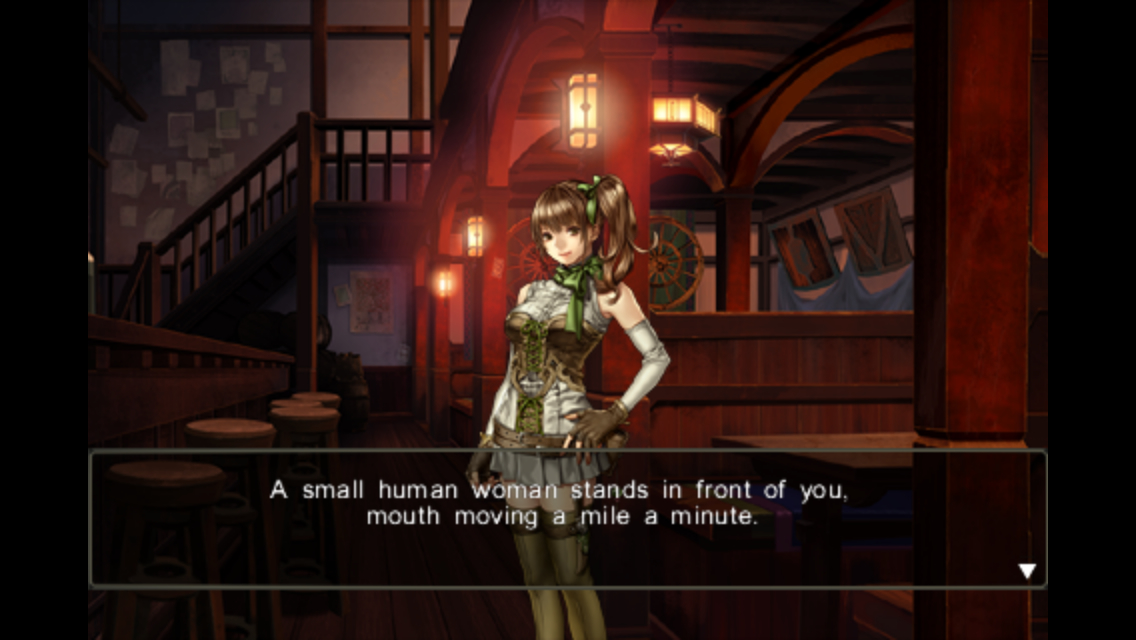
This pattern reached its crescendo with Wizardry 4: The Return Of Werdna. The game was designed by Roe R. Adams III, himself an expert player and a genuine adventure game buff. Originally scheduled to release in 1984, delays pushed it back to a late 1987 release. While the premise was novel, casting you as the villain of the first game and asking you to climb from the bottom of the labyrinth out, the game was incredibly difficult, not much fun to play, and still used a virtually identical engine to the 1981 original. Wizardry was starting to be seen as antiquated, mired in its traditions to a fault, and not very appealing to the growing audience of PC gamers. Its reputation never fully recovered from the debacle of Wizardry 4, although subsequent games were considerably better.
Sir-Tech Software (renamed in 1981 to cut back on complaint calls to the Sirotek private residence) unfortunately saw their fortunes follow a similar route. None of their other games managed to hit the way Wizardry had, although their Jagged Alliance series is rightfully treasured today. The American branch closed in 1998 following the release of Wizardry Gold, while the Canadian branch hung on until 2003, developing the amazing sequels Jagged Alliance 2 and Wizardry 8 before closing their doors. Even with a high-quality offering, western gamers just weren’t interested in Wizardry anymore. Sir-Tech was hardly alone in the CRPG developer graveyard by that point, so there may not have been much they could have done about it.
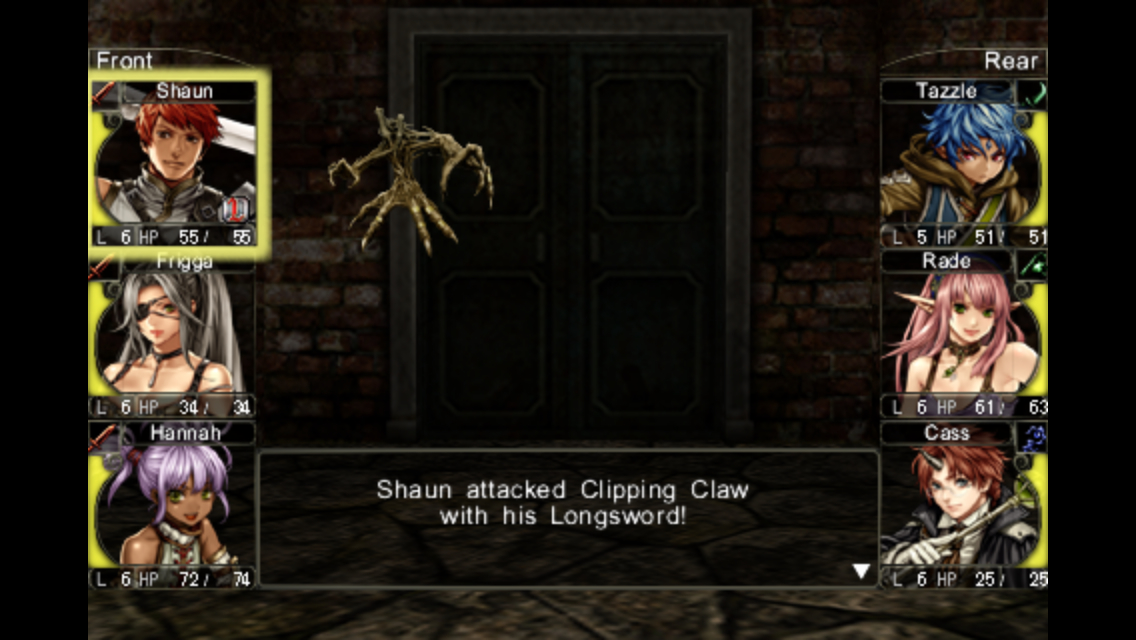
That might have been it for Wizardry, but something strange happened on the other side of the world. The original Wizardry was translated and sold in Japan by a niche publisher named Starcraft. Somehow, Robert Woodhead was able to make a deal for subsequent installments with ASCII Entertainment, a major media company in Japan who would go on to be a decent-sized player in the Japanese game industry. Woodhead worked closely with the company, who went all out on marketing the series. It struck a strong chord with Japanese gamers, becoming even more successful there than it was back in America. And unlike in its home country, Wizardry just kept getting more and more popular in Japan. The series had fan conventions dedicated to it, and when Woodhead showed up to them, he might as well as have been Paul McCartney. So it’s perhaps not surprising that when Sir-Tech was no longer able to feed the hungry audience, others stepped up.
I won’t go through all of the Japan-developed Wizardry titles. There are far too many to list here, so I hope it’s enough to say that licensing and developing Wizardry games turned into a bit of a cottage industry for Japan. When Sir-Tech finally tapped out for good, the rights to the Wizardry name were acquired by a Japanese-owned company called IPM, Inc. They currently manage the brand, though that basically amounts to licensing it out to whoever wants it. In 2009, IPM wanted to jump-start the series and started what they called the Wizardry Renaissance Project. Leading the charge was a title from Acquire, a developer known for their Tenchu and Way Of The Samurai series of games. The project resulted in several new titles in the series, and although it formally ended a few years ago, the series is still kicking along. Heck, Wizardry even has its name on a free-to-play social RPG!

It’s a pretty interesting history, but it also informs the strange evolution of the series. Play any of the Japanese Wizardry games, and you won’t see a trace of the later games. Instead, they’ve evolved in a separate direction from the blueprints of the early games. Many of the cruel tricks the early games relished in playing on gamers were weeded out in the later western Wizardry games, but you’ll find every awful trap in healthy numbers in the Japanese ones. Spinners, dark areas, random teleports and pitfalls are not only found in contemporary Wizardry titles, they also spilled into, inspired, and spawned numerous other Japanese RPG series like Shin Megami Tensei, Etrian Odyssey, and Class Of Heroes. No matter what your skill level, age, desired amount of adult content, or demographic, Japan has got a Wizardry-inspired dungeon crawler to fit your needs, but they all delight in yanking the player’s chain now and then.
Labyrinth Of the Lost Souls is certainly no different in that regard. The game introduces dark areas on the first floor of its training dungeon, and woe be it to the explorer who ventures in without a map item or their own carefully-drawn maps. You’re instantly mobbed by large groups of enemies, and gold is painfully hard to come by, especially if you need to resurrect characters regularly. For audiences who aren’t used to this kind of game, it’s as discouraging as it is bewildering. Stick with it a little while, however, and the cobwebs start to clear. Your characters will gain a couple of levels and become considerably more likely to survive encounters. You’ll get enough gold together to start upgrading equipment. Your mage (you did bring one, didn’t you?) will learn some spells that turn him or her into a great little back-row damage dealer. You’ll learn how items work, and more importantly, how the map works. Once all of those gears click into place, you’ll find a pretty good dungeon dive that offers a massive, 60 hour-plus adventure.

Wizardry games aren’t for everyone, so let me try to explain why they work so well for me. I love building and developing a party of heroes, trying different combinations to see which work best. There aren’t a ton of customization options in Labyrinth Of Lost Souls, but with six spots in the party to fill, there are plenty of combinations to play with. Character growth is especially satisfying. Early on, it’s very easy to die, but every level adds considerably to a character’s power. Breaking through that barrier as you reach each new floor and the more dangerous enemies that inhabit it is something I never tire of. It’s like every single floor gives you that grand feeling most RPGs shoot for. You start weak, work hard, get strong, and feel powerful. The enemies who were picking on you at the beginning of the floor are push-overs by the end. Well, they ought to be, anyway. If they’re not, I wouldn’t recommend setting foot on the next floor just yet.
I also really enjoy the mapping, especially in conjunction with solving quests. If you’re lucky, you’ll find items that let you bring up an auto-map that you can fill in at your leisure, but otherwise, it’s graph paper time. And don’t think you can get away without one of those two options. The floors in Labyrinth Of Lost Souls are huge, and past the first couple of floors of the two easier dungeons, they start to get really twisty and confusing. Filling out the map is satisfying and useful, and gives you a permanent reward even if your party wipes. Maps let you make your way from the start of each floor to the exit that much faster, cutting down on battles and sparing your valuable resources. That might get dull on its own, but you also have a checklist of quests to finish, many of which require harvesting a set number of drops or finding somebody or something tucked away in a corner somewhere. Between these two meta-goals, leveling can go pretty quickly. Since, as I mentioned, each level makes you a lot more powerful, you’ll feel it as you go. It’s a big, happy triangle of feedback.

But true to its lineage, it can be an awfully mean-spirited game. It likes to get you as lost as possible through whatever means it can find. One-way doors, dark zones, secret doors, spinners, all the nasty little tricks it can find are in here. Enemies that drain entire levels from your character with their attack? You bet. Monsters who can drop instant death on a party member are a fact of life, and if you’re very unlucky, one of your characters might end up beyond resurrection, permanently erased for all intents and purposes. Or the delightful warp traps, which might send your whole party into solid rock, permanently destroying them. I guess what I’m saying is, save often. Yes, those are cheating words to the old-school Wizardry players who didn’t have that option, but it’s at least tempered somewhat by only allowing you to save in one file. So if you save somewhere you can’t get back from, well, that’s too bad. You’ll have to try harder to get back, or just give up and start over.
I think that kind of thing gets to Wizardry‘s most powerful appeal, and speaks to this particular style’s downfall with the mainstream. Simply put, there are serious consequences to failure in these games, and every step deeper into a dungeon is a genuine risk past a certain point. You have a lot to lose, so you need to hedge your bets as best as you can. Even then, luck might swoop in and take it all away. That treatment isn’t going to sit well with most people, but for those who are into it, there’s little else quite as exciting or tense as a game with Wizardry‘s mentality. It’s like the designer is sitting in a comfy chair at the top of a mile-high pile of knives and corkscrews, holding your last pair of shoes and daring you to come and get them. Most people won’t feel the shoes are worth the suffering, but others will see it as a challenge that they must live up to.
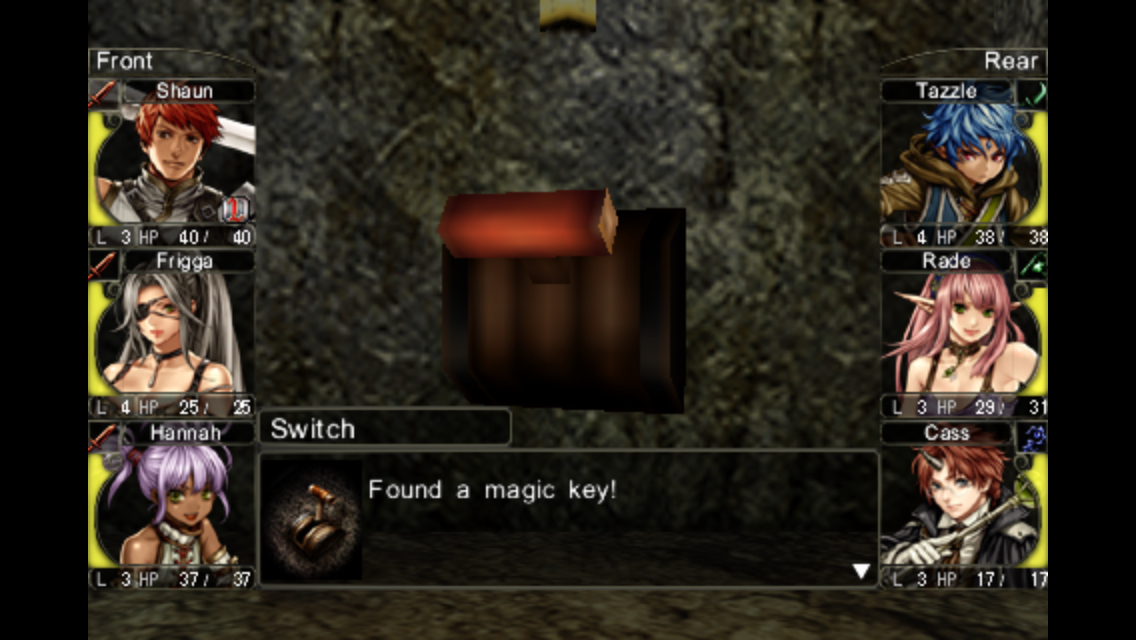
I’m perhaps building this installment up too much, though. It’s a kitten compared to the older titles, even if it is a good bit harder than what many players are used to these days. There are three dungeons in the game, each with 10 floors. The free download gets you the first floor of one of them, with a level cap to prevent you from getting too much fun without paying. You can then unlock each dungeon individually for $4.99, or all of them at once for $9.99. The main dungeon, Shiin’s Dungeon, offers up most of the meager story the game has to offer. It’s a reasonably challenging dungeon, but surmountable for most persistent players, I suspect. The Dungeon Of Trials sounds like a beginner dungeon, but once unlocked it offers up 10 floors that are just about as difficult as Shiin’s Dungeon. There isn’t much in the way of story here, but the exploration is fun. Finally, the Deep Levels offer up a full dungeon that is so painfully hard, even a party that has finished the main game stands a good chance of getting wiped out mere steps from the entrance. I’ve yet to finish that last one, and I’m not sure if I ever will, but it’s good to know it’s there. There are lots of other things you can buy with real money, from rare items to huge chunks of gold, to cheat items that level up your characters or give you more attribute points. I’d caution against it, however. Wizardry without its teeth is scarcely worth playing.
As for this app in particular, it’s hard to recommend it anymore. It already has pretty clunky controls, to the point that it takes a little while to get used to moving around. But even worse, its last update was almost four years ago. The game is apparently no longer guaranteed to work correctly on iOS 8, though I didn’t notice anything amiss when I played it. It also has issues with iPhone 6 devices. The app description says Acquire is looking into the problem, but they’ve been looking for a while now, so who knows what’s going on there. Like any app that hasn’t been updated since 2011, it doesn’t fill in the whole screen on larger devices, and there’s certainly no support for things like MFi controllers or iCloud. Assuming you don’t run into any compatibility problems and can keep patient with the controls, though, the iOS version of Labyrinth Of Lost Souls is reasonably playable. It’s definitely a last resort sort of situation, but I’ve seen worse in that category.
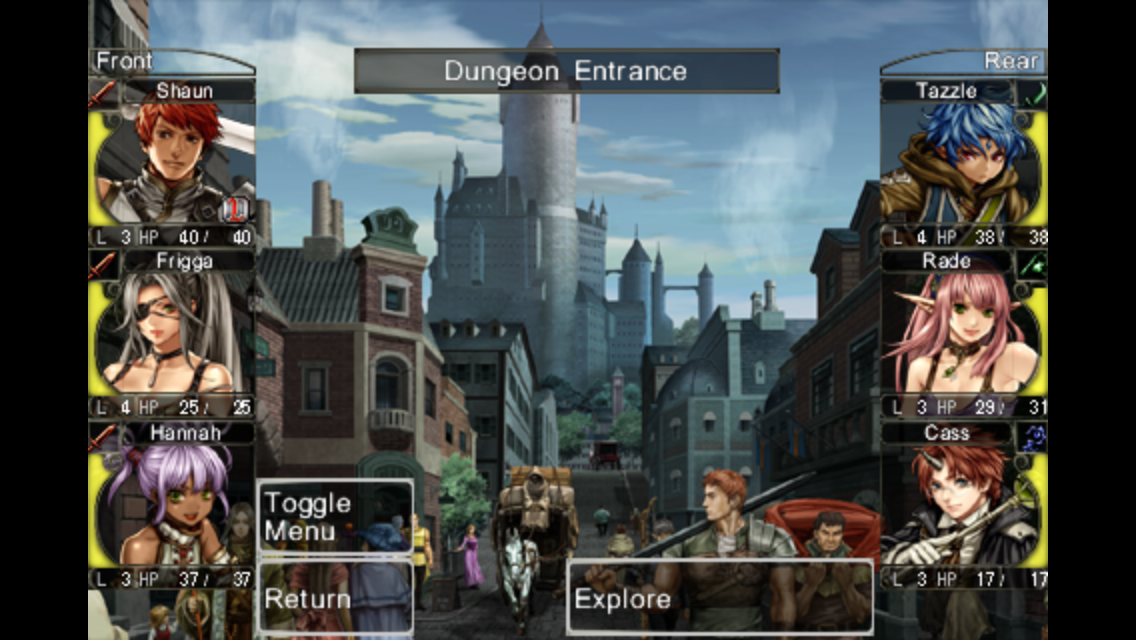
That’s just my take on Wizardry: Labyrinth Of Lost Souls, though. What do you all think? Feel free to leave your thoughts on this game, or any Wizardry title, by commenting below, posting in the Official RPG Reload Club thread, or by tweeting me at @RPGReload. Wizardry is actually going to be the topic of our next RPG Reload Podcast, so send in any questions you might have to [email protected] and we’ll probably answer them right on the show. As for me, I’ll be back next week with another RPG. Thanks for reading!
Next Week’s Reload: Ash ($0.99)
